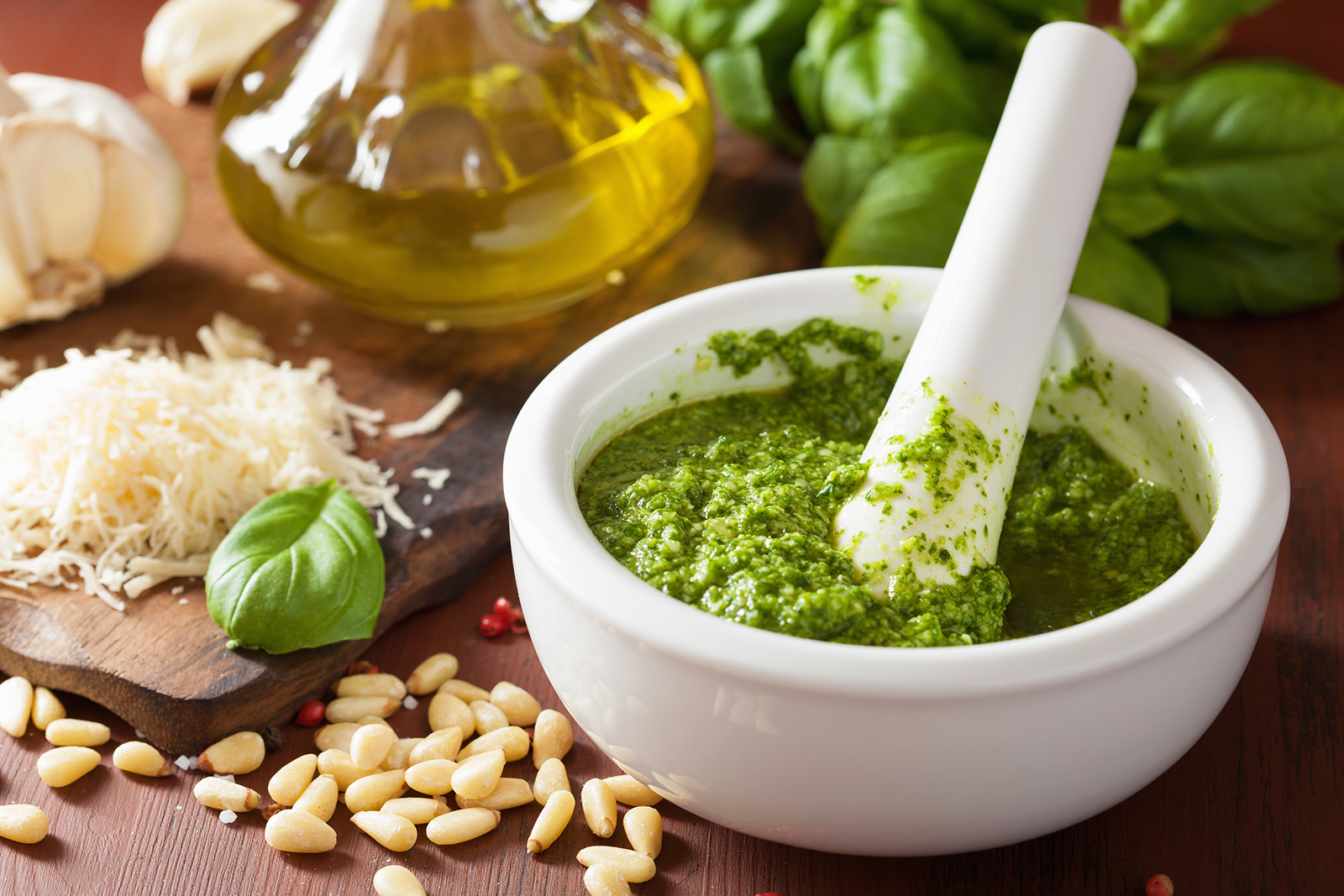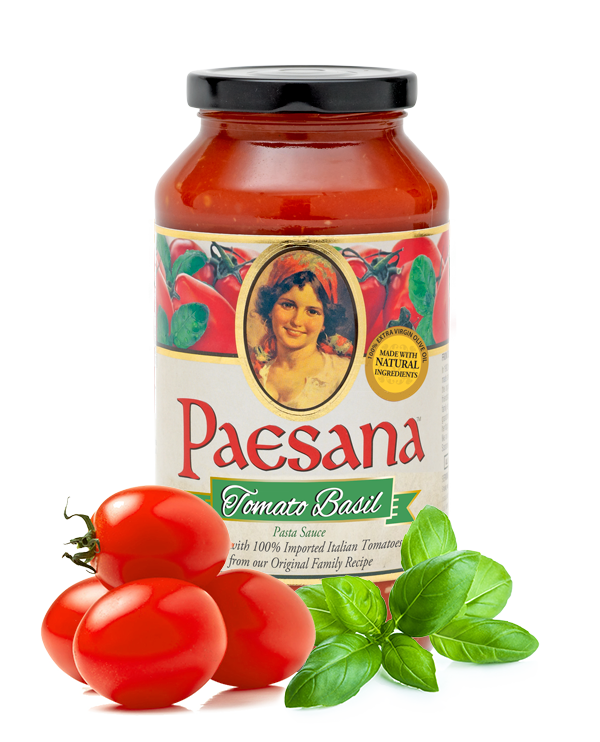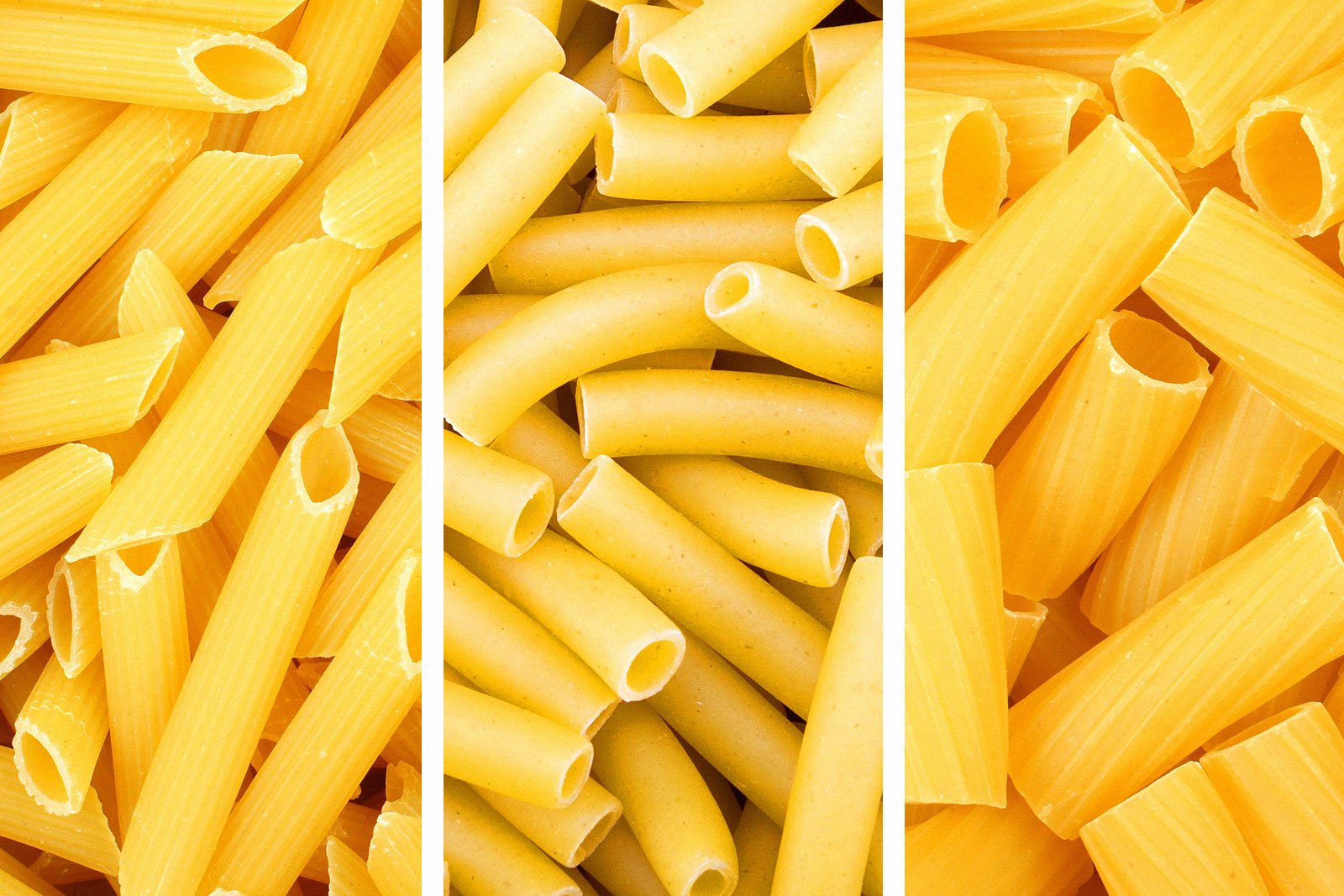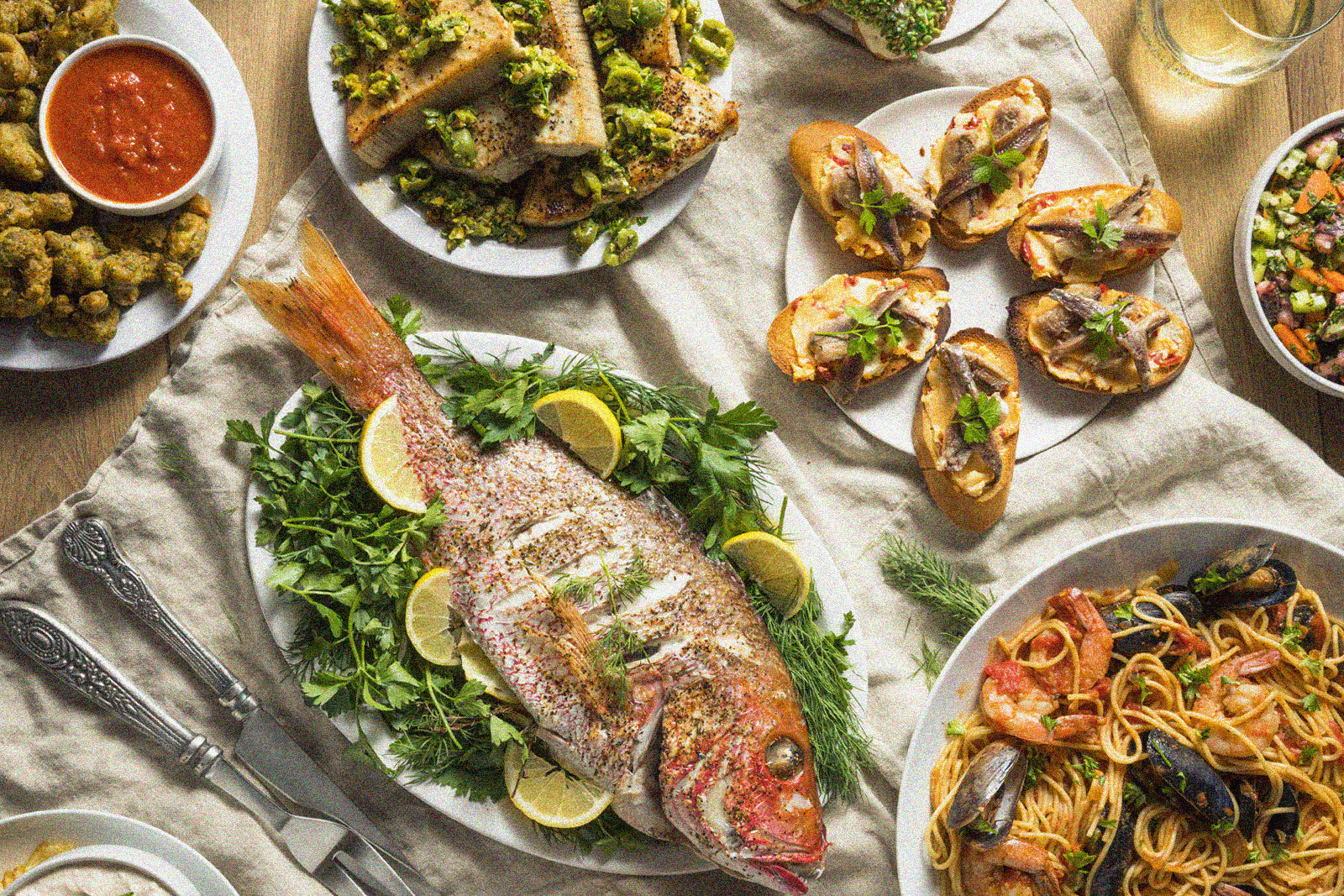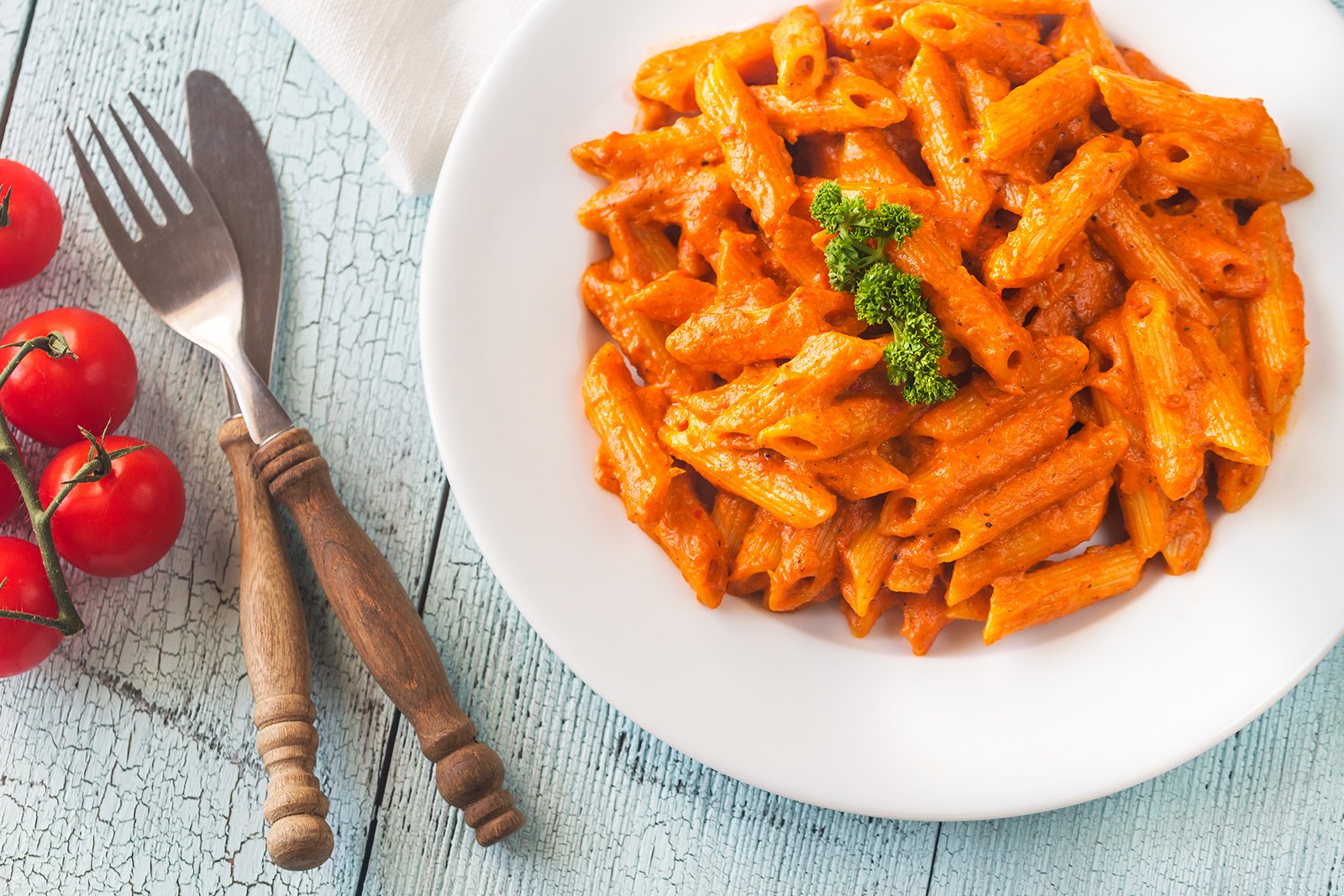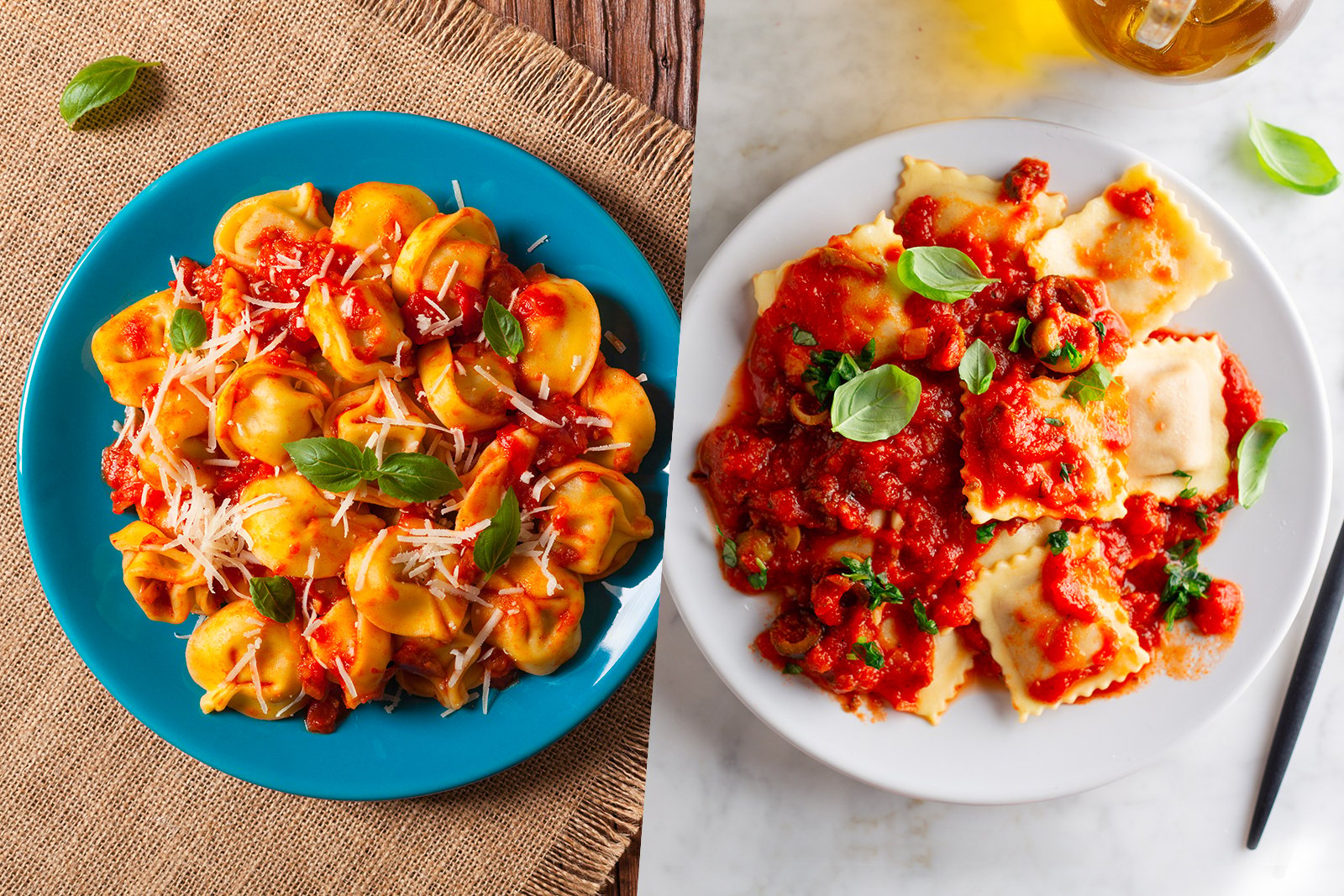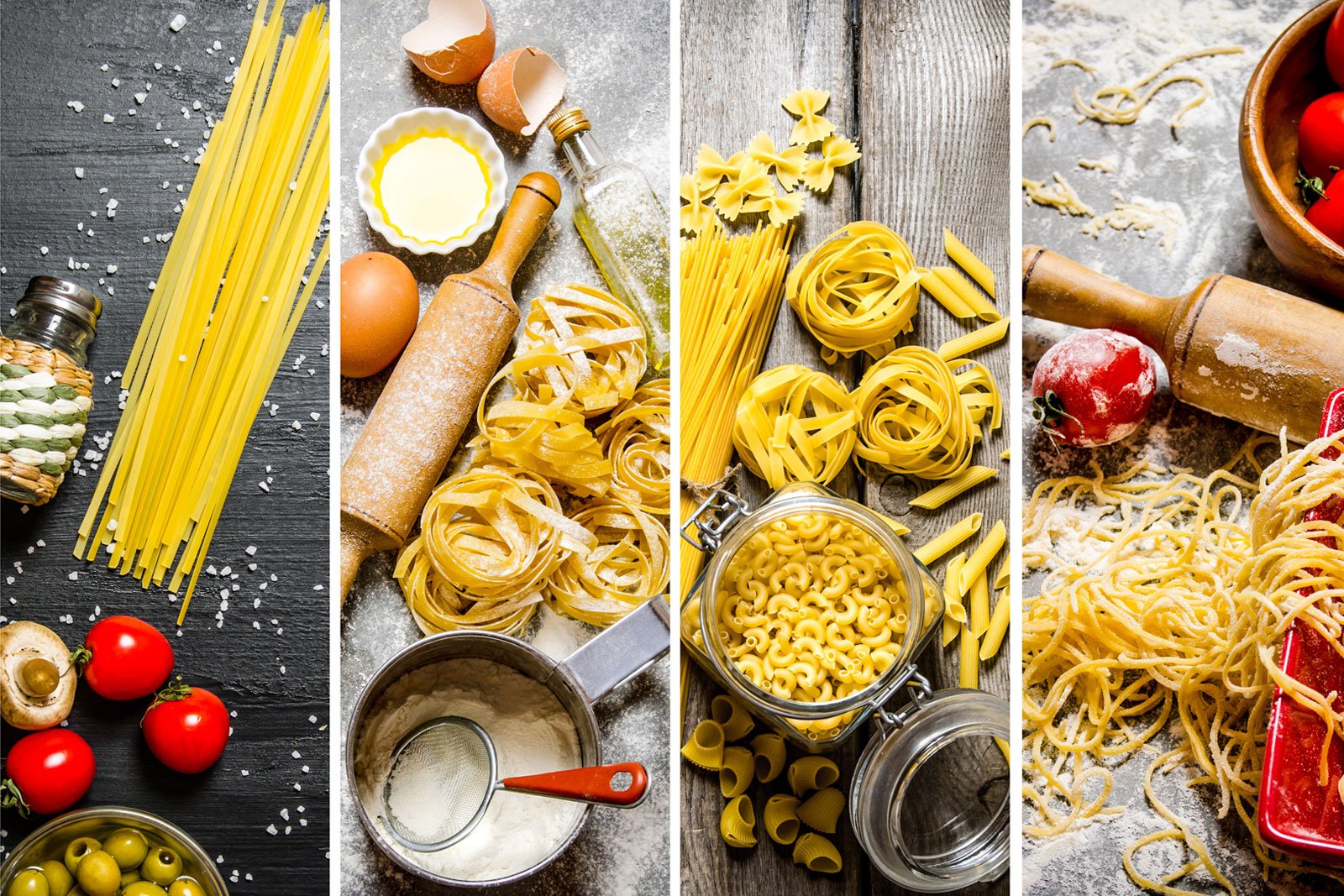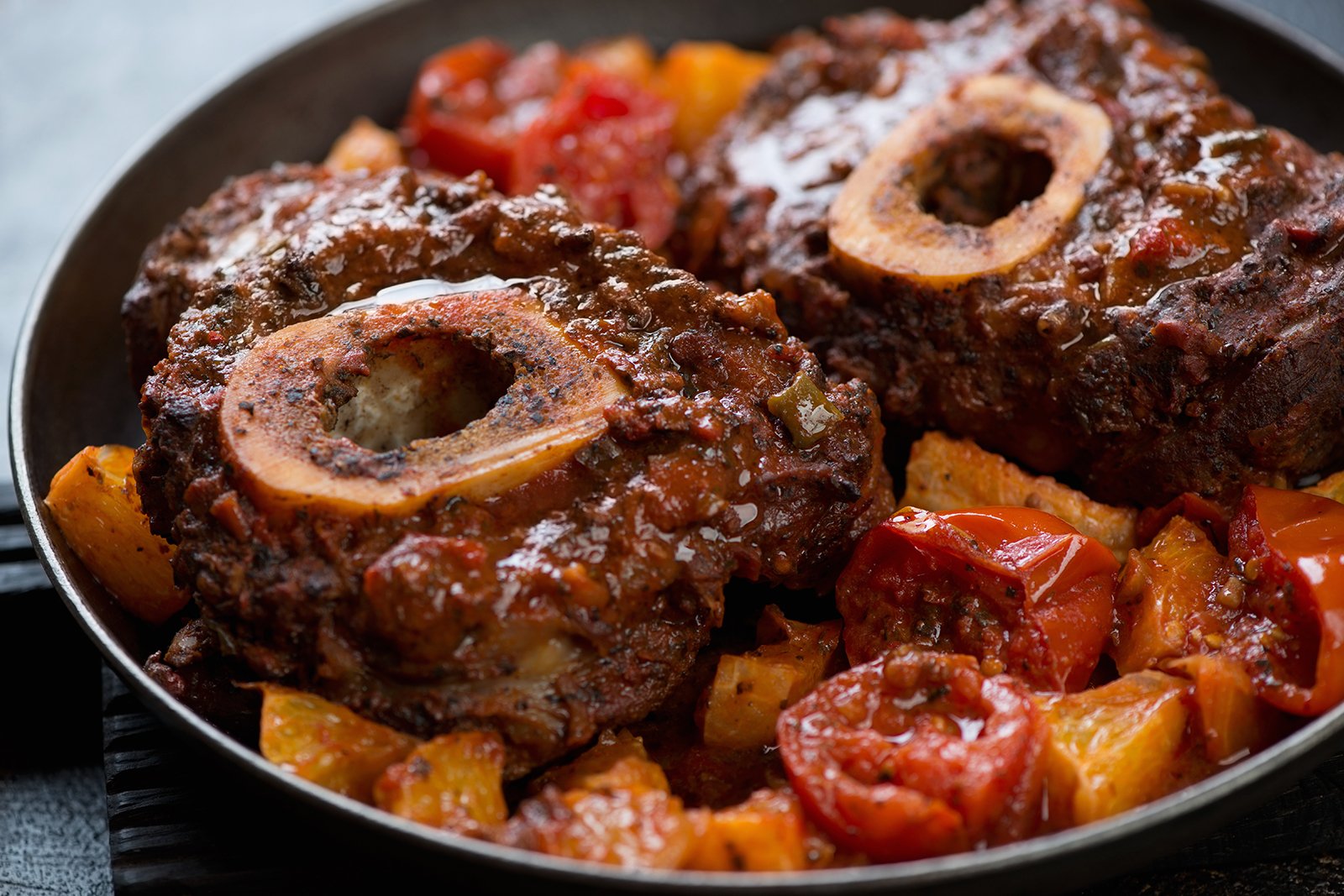It’s hard to argue that tomatoes have all-but cornered the Italian-style sauce market. Whether Marinara, Fra Diavolo or Vodka, the majority of the sauces we so frequently associate with Italian cuisine almost always consist of a tomato base.
There’s nothing wrong with this culinary fact of life. Not only is Italy home to what is perhaps the world’s greatest quality tomatoes, but generations of Italian chefs have perfected the preparation of tomato-based sauces, resulting in some of the most legendary and beloved dishes the world has ever created. What we’re saying is—if you’ve got it, flaunt it.
Of course, tomatoes aren’t a mandatory ingredient in all Italian sauces. There are cheese-based variations, meat-based sauces, and oil-based versions, all of which have their place at the Italian dinner table. But today we’d like to focus on one sauce in particular that is perfect for the time of year when the temperature begins to rise and the gardens become lush with greenery.
Pesto Sauce
Pesto is that wonderfully green sauce that offers a flavor that can best be described as bright and pungent, with a basil-forward, herbaceous garden aroma suspended with delicate olive oil, enriched with pine nuts (pignoli), and kicked into overdrive with Italian cheeses and garlic. It’s raw, requiring no heat to enhance the taste—instead allowing basil to step out from the shadows and into the spotlight.
The green sauce originates in Italy’s northern Liguria region, a jagged arch on the sea that some have described as the country’s cradle of aromatic herbs. And it’s those herbs—specifically basil—that makes pesto a bright mouthful of summer. Recipes often vary, but basic preparations always center on the previously mentioned basil, garlic, pine nuts and olive oil, with Italian cheeses like parmigiano reggiano and pecorino romano.
All the components are blended together in a food processor—or ground together the old fashioned way with a mortar and pestle—into an extremely fine consistency, with the cheese folded in to finish the sauce.
Classic pesto is renowned for its bright-green brilliance and for being one of the few Italian sauces that isn’t touched by heat during preparation. With pesto, coarseness is key—after all, the term pesto is derived from the Italian word pestare, which translates to grind or crush.
The Best Pasta For Pesto
When all of the components of a dish marry together in perfect harmony, it serves to elevate the entire eating experience. This is especially true for pasta and sauce pairings in general and specifically with pesto
The best way to ensure pesto sticks to your pasta is to choose shapes with curves and grooves that give the herb-based oil something to cling to. Go for fusilli, cavatappi, and rotini for the best results. Thick strands of bucatini also work, as do farfalle or “bowtie pasta.”
But if we had to choose one shape to use in our pesto preparation, it would be trofie. The tight twists of this ribbed pasta are the best at gathering the finely pulverized ingredients in pesto. It’s perhaps no coincidence that trofie was invented in Liguria, the same region that developed Italy’s first pesto sauce.
We like to prepare more pesto sauce than we think we’ll need for dinner, this way there’s plenty left over for the days ahead.
Pesto After Dinner
Like most Italian-style sauces, the flavor only seems to gain intensity as it sits in the refrigerator. For this reason, we like to prepare more pesto sauce than we think we’ll need for dinner, this way there’s plenty left over for the days ahead.
But rather than just pour over a fresh batch of pasta, the way you might with reheated red sauce, pesto’s far better utilized as a spread when it’s used out of the fridge. You see, it’s never a good idea to heat pesto—not when it’s being initially prepared and not when you’re eating the leftovers. The only type of heat you ever want to touch your pesto is the residual heat of pasta or meat.
Pesto from the refrigerator takes on this spreadable, soft butter-like quality to it. Simply remove the chilled pesto from the fridge and add a few dollops to pasta or freshly cooked shrimp or chicken. And if you’re just looking for a quick snack, spread the cold pesto on some fresh Italian bread and top with chopped anchovy and a pinch of red pepper flakes. Heck, cold pesto is even delicious spread on a saltine cracker!
Make Pesto With Paesana
Paesana’s pantry of Italian ingredients can assist with your preparation of pesto. Grab a jar or two of our Pignoli Nuts condiment for all your pesto needs. A versatile ingredient, our Pignoli Nuts are a kitchen essential, and can make the perfect addition to not only pesto, but also salads, cookies, and cake.

